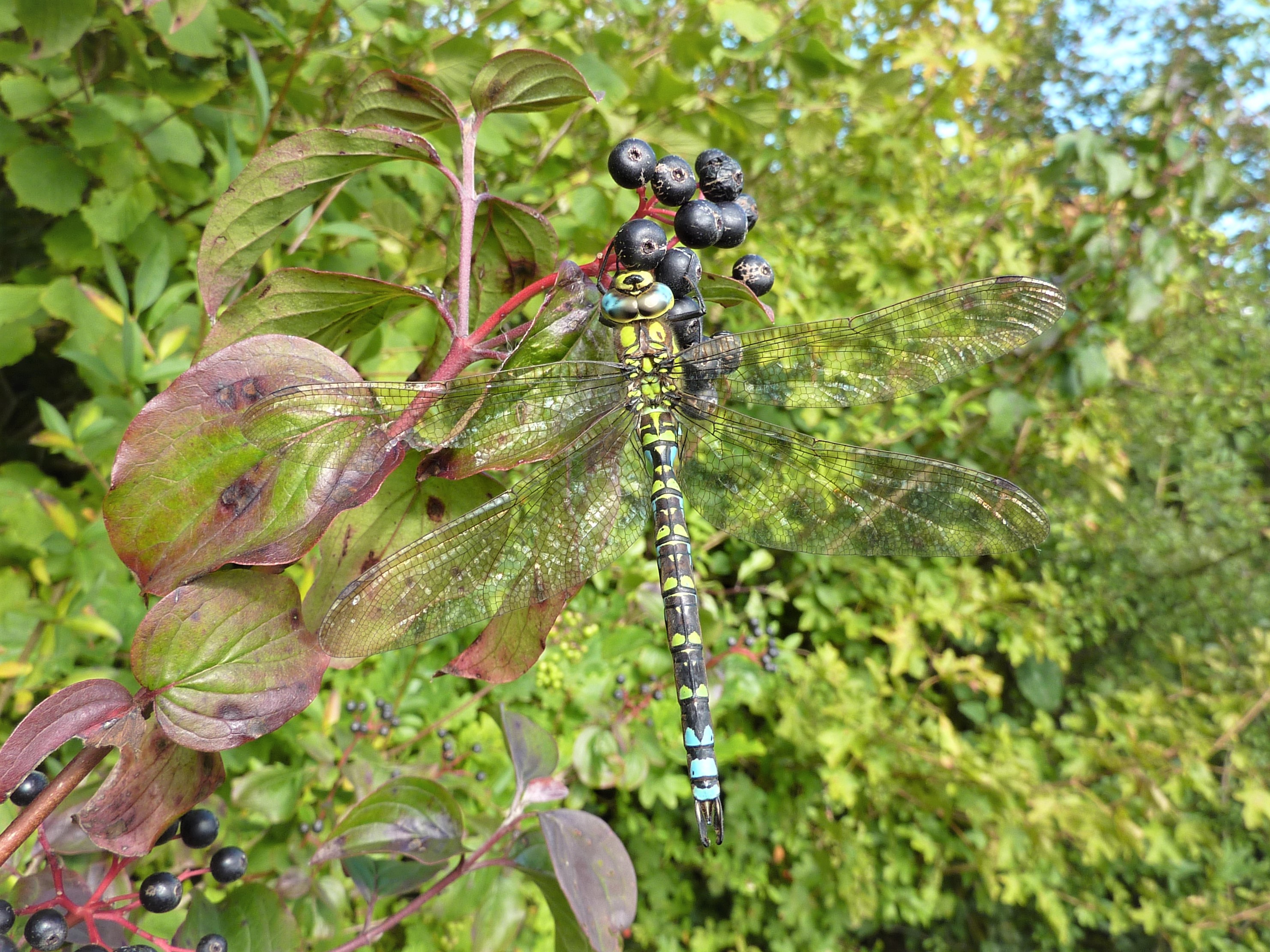Sickleholme Nature Notes
During September, Matt again reported Roe Deer on the course and that reminded me of how he and his team see things that most of us miss, simply because they are early starters. It possibly also explains why many records come from members of the EGGS section. By agreement, EGGS is considered a “brand” these days rather than an acronym, but my own favourite version of the latter is the “Early-rising Gentlemen Golfers of Sickleholme”. That was certainly true on the 18th of the month when Trevor Hoyland and I saw 150+ Swallows moving southwards in a fifteen-minute period from about 8.15am. On the same day, we flushed a Grey Heron from the small pool of water below the 13th tee, which certainly wouldn’t have stayed there as more golfers moved through.
Patrick continues to maintain the clubhouse feeders and a number of species benefit. Early in the month, a member drew attention to a Blue Tit which flew from the feeders to the lounge window repeatedly. In Spring, one might have imagined that it was competing with its own reflected image (as several species have been seen doing on car wing mirrors) but examination showed that it was feasting on Craneflies which seem to have been abundant recently. Field guides list 87 species in this family of which eight could be said to fit the vernacular name of “Daddy-long-legs”.
There have been plenty of ladybirds about, mostly of the common 7-Spot Ladybird variety but also the less welcome Harlequin Ladybird which has colonised but originates from central and eastern Asia. The checklist for ladybirds of the UK lists 47 species. In mid-month a large dragonfly could be seen around the 8th green and turned out to be a Southern Hawker. This species will perch on vegetation for extended periods, making photography fairly easy as my photo image for this month shows.
I also noticed an attractive and slender yellow flower that is spreading near the path from the 13th tee, and this was identified for me as Wall Lettuce. That is a member of the daisy family and will flower well into September. We now head for the time of year when many more species of fungi will be apparent around the course. I can identify only a few, so if you can help with these then please do let me know. My thanks to all contributors, as ever.
Bryan Barnacle


